Jim Corbett National Park, located in Uttarakhand, India, is the country’s first national park, established in 1936. Spread over 520 square kilometers, it is part of the Corbett Tiger Reserve and is renowned for its Bengal tigers, leopards, elephants, and diverse birdlife. Jim Corbett Safari.
Why it is famous:
- Offers high chances of spotting wild tigers in natural habitats.
- Rich in flora and fauna, including endangered species.
- Scenic landscapes with rivers, grasslands, and dense forests.
- Historical significance as a home to Jim Corbett, India’s pioneer conservationist.
The park is divided into several safari zones, including Dhikala, Bijrani, Jhirna, Dhela, and Durga Devi, each offering unique wildlife experiences.
Best Time to Visit
- November to June: Best months to visit; dry weather increases wildlife visibility.
- Peak season: November to February for pleasant weather and active wildlife.
- Summer (April to June): Animals congregate near water sources, enhancing spotting chances.
- Monsoon (July to September): Park remains closed due to heavy rainfall and slippery roads.
Safari Tips:
- Early morning safaris (6:00 AM – 10:00 AM) are ideal for tiger sightings.
- Evening safaris (2:30 PM – 6:30 PM) are good for observing birds and nocturnal animals preparing for night.
How to Reach Jim Corbett
By Air
- Pantnagar Airport: 60 km from the park; limited domestic flights.
- Indira Gandhi International Airport, Delhi: 260 km; major international connections.
By Train
- Ramnagar Railway Station: Nearest station, 10–15 km from main park entrances.
- Well-connected to Delhi, Lucknow, and other cities.
By Road
- National and state highways connect the park with Delhi (6–7 hours) and nearby Uttarakhand towns.
- Bus services, taxis, and private cabs are available.
Local Transport
- Safaris conducted in authorized jeeps and canters.
- Guided tours ensure safety and optimal wildlife spotting.
Entry Fees and Permits
- Indian Nationals: Approximately INR 1,500–2,500 per safari.
- Foreign Nationals: Approximately INR 3,000–4,500 per safari.
- Vehicle charges: Vary depending on jeep or canter type.
- Photography permits: Required for professional equipment; additional fee applies.
- Note: Fees are subject to change. Advance booking is recommended, especially for Dhikala zone.
Tip: Book online through official park portals to secure preferred safari slots. Jim Corbett Safari.
Food Availability and Meal Options
- Hotels and resorts near Ramnagar provide breakfast, lunch, and dinner.
- Packed meals can be arranged for early morning safaris.
- Tea stalls and small eateries available near main park entrances.
- Carry water bottles, energy bars, or dry snacks for long safari hours.
Packing List and Essentials
Clothing
- Light-colored, breathable clothes; avoid bright colors.
- Long sleeves and pants for sun and insect protection.
- Comfortable walking shoes or boots.
- Warm jacket for early mornings and winters.
Accessories
- Binoculars for spotting wildlife.
- Camera with zoom lens for photography.
- Sunglasses, sunscreen, and a cap or hat.
- Small backpack with water, snacks, and basic first-aid kit.
Health & Safety
- Prescription medicines and motion sickness tablets if needed.
- Hand sanitizer, wet wipes, and mosquito repellent.
Safety Tips and Local Regulations
- Always follow park rules and guide instructions.
- Stay inside vehicles unless authorized for walking safaris.
- Do not make loud noises or try to feed animals.
- Keep a safe distance from predators and water bodies.
- Avoid littering; plastic is prohibited inside park zones.
Tips for Beginners or First-Time Visitors
- Join guided jeep safaris to enhance wildlife spotting.
- Start with Bijrani or Jhirna zones if visiting for the first time.
- Early morning safaris increase chances of seeing tigers and leopards.
- Combine safari with visits to Corbett Museum, Garjiya Devi Temple, and nearby waterfalls.
- Keep camera and binoculars ready at all times.
Local Customs and Cultural Etiquette
- Respect nearby villages and local communities.
- Avoid entering private lands or disturbing farmers’ fields.
- Maintain quiet and polite behavior with guides and staff.
- Support local businesses by purchasing handicrafts or souvenirs responsibly.
- Follow instructions for photography, safari trails, and vehicle use.
FAQ Section
1. How long is a typical safari?
- Usually 3–4 hours per session; morning and evening slots available. Jim Corbett Safari.
2. What is the difficulty level of Jim Corbett safari?
- Easy; mostly jeep rides with minimal walking in designated zones.
3. Are restrooms available inside the park?
- Limited; mainly at park entrances and hotels.
4. Can children join the safari?
- Yes, recommended for children above 5 years with adult supervision.
5. Is it safe for solo travelers?
- Yes, guided safaris ensure safety and wildlife spotting efficiency.
6. When is the best time to see tigers?
- Early morning and late afternoon; dry season increases visibility near water bodies.
7. Are professional cameras allowed?
- Yes, with photography permits. Mobile cameras allowed without permits.
8. Are night safaris allowed?
- No, park regulations prohibit night entry for safety reasons.
9. Recommended clothing for safari?
- Neutral-colored, comfortable clothes with long sleeves and a jacket for mornings/evenings.
10. Any vaccination requirements?
- Routine vaccinations recommended; consult a travel clinic for tropical precautions.
Conclusion
Jim Corbett Safari offers a unique wildlife adventure, combining thrilling tiger sightings with the natural beauty of Uttarakhand’s forests, rivers, and grasslands.
Key takeaways:
- Ideal for wildlife enthusiasts, photographers, and nature lovers.
- Early planning and advance safari booking improve the chance of tiger sightings.
- Proper packing, safety measures, and respectful behavior enhance the experience.
- Observing eco-friendly practices and local culture ensures a responsible visit. Jim Corbett Safari.

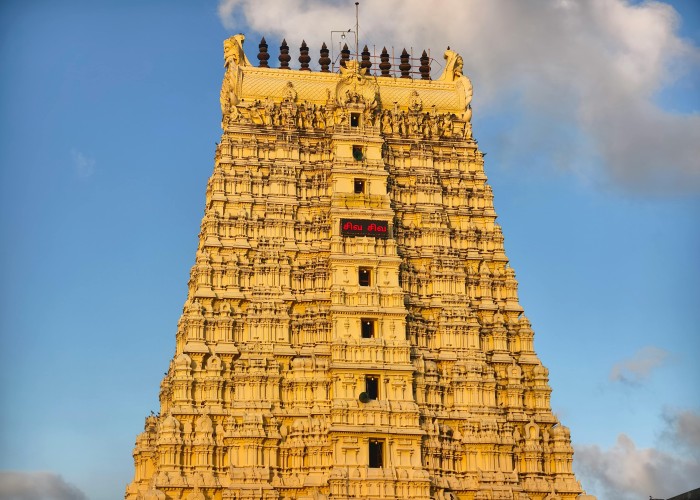
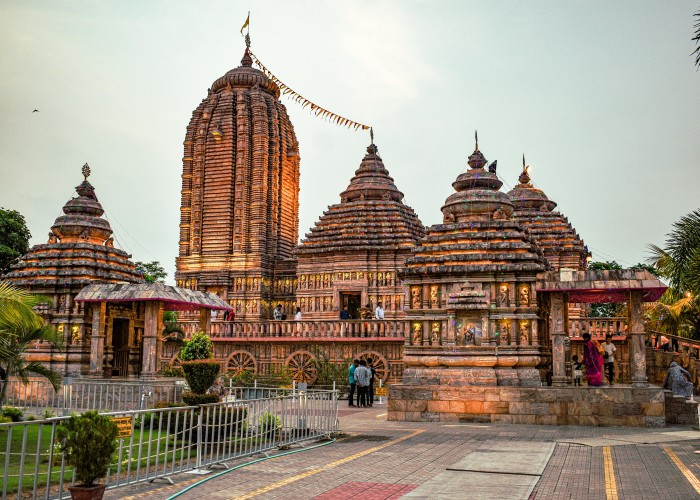
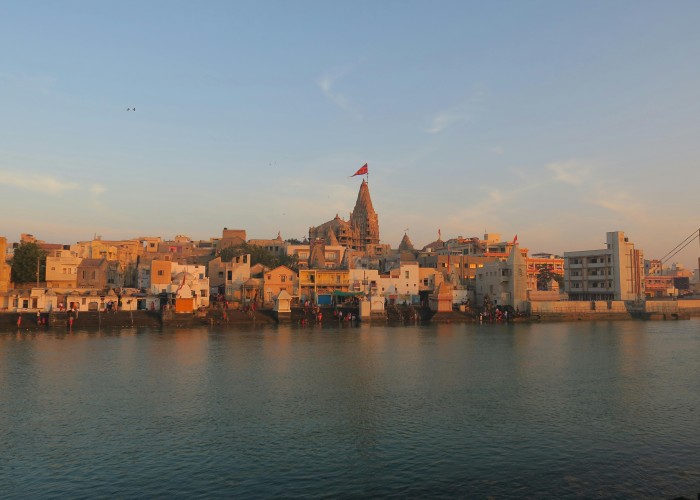
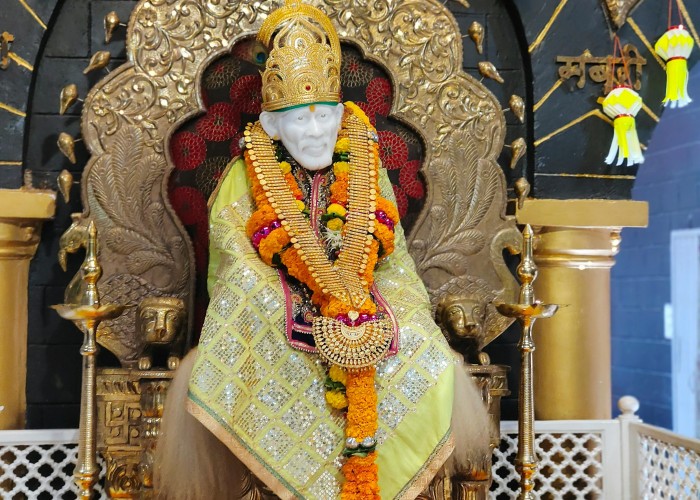
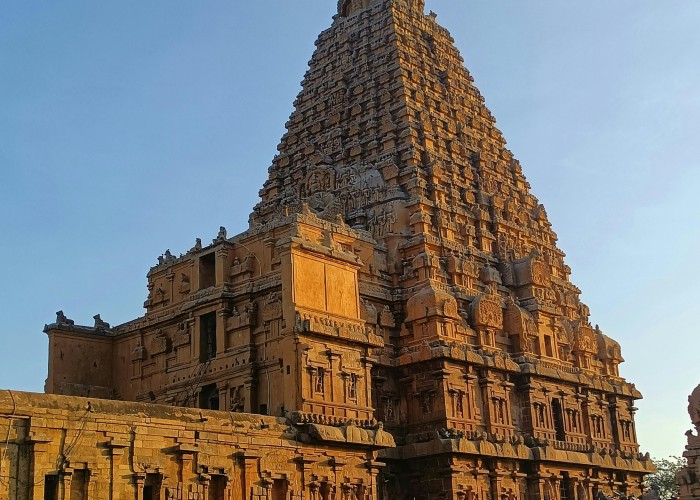
Leave a Reply